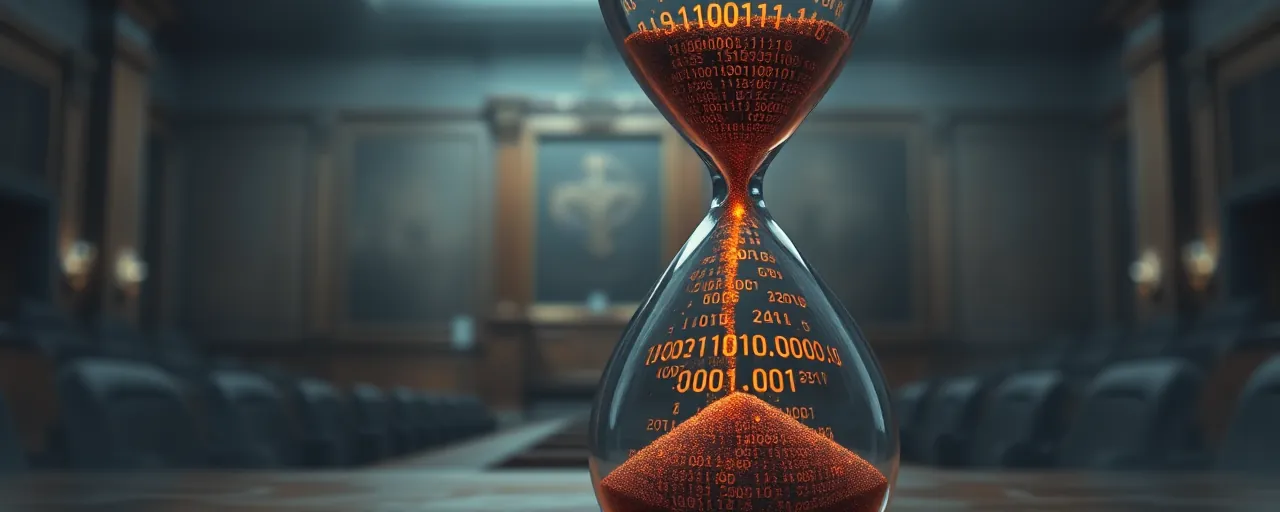A Pause on TikTok Restrictions
President Donald Trump signed an executive order on April 4, 2024, pushing back the enforcement of a law targeting TikTok, a popular short-video app owned by China-based ByteDance. The directive extends a delay initially set in January until June 19, 2025, giving the company more time to comply with the Protecting Americans from Foreign Adversary Controlled Applications Act. That legislation, passed in 2024, demands TikTok divest from its foreign ownership or face a ban in the United States over fears its data practices could threaten national security.
The move comes amid a swirl of tension. Supporters of the delay see it as a pragmatic step, allowing breathing room for negotiations or adjustments, while others view it as a punt on a pressing issue. With millions of Americans using TikTok daily for everything from dance trends to political rants, the stakes feel tangible, immediate. The order instructs the Department of Justice to hold off on penalties or enforcement actions tied to the app, even retroactively covering conduct since the law’s inception.
Weighing Security Against Expression
At the heart of this delay lies a tricky balancing act between safeguarding national security and preserving free speech. Advocates for strict enforcement, including some lawmakers and defense officials, argue that TikTok’s ties to China pose a real risk. They point to the potential for user data, harvested from millions of devices, to fall into the hands of a foreign government under Chinese laws mandating cooperation with intelligence efforts. The National Defense Authorization Act for 2025 echoes these worries, tightening rules on tech linked to adversarial nations.
On the flip side, users and civil liberties groups argue the app is more than a security footnote; it’s a lifeline for expression. Legal challenges have already tested this ground. A federal judge struck down Montana’s attempt to ban TikTok in 2023, calling it an overreach that trampled speech rights. The U.S. Supreme Court is now poised to weigh in on similar disputes, probing whether such restrictions can stand up to First Amendment scrutiny or if they demand a broader fix, like comprehensive data privacy laws tackling all platforms equally.
Federal Power in the Spotlight
The executive order doesn’t just pause enforcement; it doubles down on federal control. It explicitly bars states or private parties from stepping in, asserting that only the Attorney General holds the reins on this law. This stance taps into a long-running tug-of-war over federal preemption, where national authority butts up against state autonomy. Courts have wrestled with this before, like when they ruled on uranium mining or drug labels, often leaning toward states unless Congress spells out its intent loud and clear.
State officials aren’t thrilled. Some see the move as a power grab, sidelining their ability to protect residents from perceived digital threats. The order tasks the Attorney General with issuing guidance and letters to providers, assuring them no liability looms for past or paused conduct. It’s a bold line in the sand, but one that could spark legal pushback if states or citizens test the boundaries of who gets to call the shots.
Echoes of Past Struggles
This isn’t the first time executive action has stirred the pot. History offers plenty of examples, from Truman’s steel mill seizure getting axed by the Supreme Court in 1952 to Lincoln’s wartime oversteps on habeas corpus. Today’s order fits into that lineage, amplifying debates over how far a president can stretch their authority. Recent lawsuits, like one from the Democratic National Committee challenging Trump’s agency oversight orders, signal the courts remain a battleground for these questions.
The TikTok saga also mirrors broader tech worries. Bans on Huawei and ZTE years back leaned on similar espionage fears, while the Defense Production Act has long empowered reviews of foreign deals. What’s new is the scale, TikTok’s 150 million U.S. users dwarf past targets, making the real-world ripple effects harder to ignore. Whether it’s propaganda or privacy, the app’s fate could set a precedent for how America handles digital giants tied to rival nations.
What Happens Next
With enforcement on ice until mid-2025, the clock’s ticking for TikTok and ByteDance to figure out their next play. Divestment talks have floated before, but no deal’s locked in. The delay buys time, yet it leaves big questions dangling: Will a sale happen? Will the courts reshape the law first? For everyday users, from small business owners to activists, the uncertainty hits home, their platforms hanging in limbo.
The bigger picture looms larger still. This order isn’t just about one app; it’s a flashpoint for how the U.S. navigates security, speech, and power in a wired world. As lawmakers, judges, and tech firms duke it out, the outcome could redraw the lines of digital life, not just for TikTok but for the next big thing waiting in the wings. Whatever lands, it’ll be a decision felt far beyond Washington’s walls.
